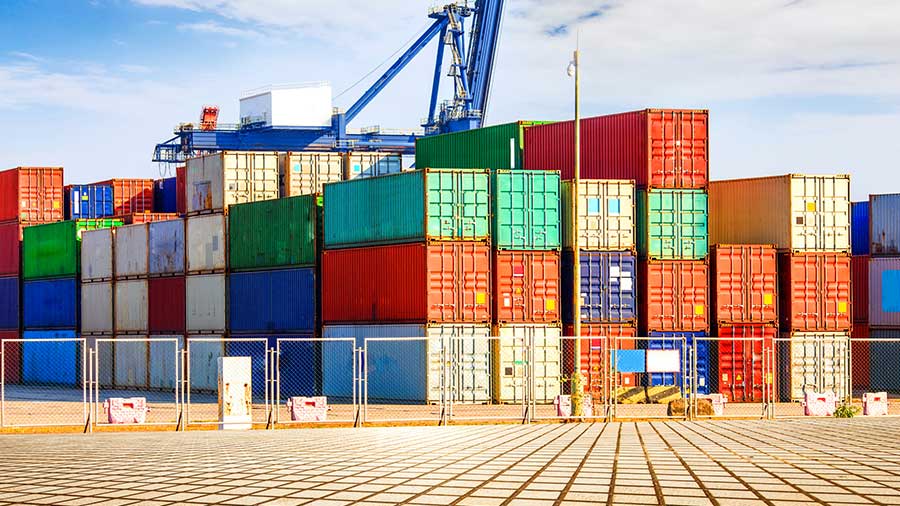Vietnamese Infrastructure: Ho Chi Minh City
Sep. 2 – Due to Ho Chi Minh City’s (HCMC) rapid rate of growth it has been a challenge to sustain an efficient infrastructure system. Nonetheless, several projects have been implemented to help HCMC meet its infrastructure needs and increase its capacity as the city’s population continues to rise. This article will provide an overview of HCMC’s infrastructure, including its intracity transportation, roads, railways, airports and ports.
 RELATED: Dezan Shira & Associates’ Pre-Investment, Market Entry Strategy Advisory Services
RELATED: Dezan Shira & Associates’ Pre-Investment, Market Entry Strategy Advisory Services
Intracity transportation
Motorbikes remain the most common way to get around HCMC. Taxis and motorbike-taxis are also common. For long-distance trips, a coach bus can be arranged at Mien Dong Coach Station in HCMC’s Binh Thanh District.
A light rail rapid transit network is currently under development and is scheduled to be complete by 2017. The rail system will carry 160,000 passengers each day, connecting several main districts within the city.
A proposal to introduce two boat taxi routes in the city is currently being considered by the government. The fare for boat taxis would be higher than buses because of the high initial cost of investment. When operating at full capacity, the boat taxis would transport about 10,000 passengers a day.
Roads
National Highway 1A runs north-south through the whole of Vietnam, from Ca Mau (close to the Mekong Delta Region) to Lang Son (close to the Chinese border), HCMC, Da Nang and Hanoi.
Several highways link HCMC to surrounding areas, including National Route 22, which carries trade from HCMC to the Cambodian border. National Route 51 is another important highway, connecting HCMC with the Ba Rja-Vung Tau province.
Railways
HCMC is a major hub for train travel in Vietnam and services many routes within the country. The Reunification Express, Vietnam’s primary rail service, runs north from HCMC to Hanoi on 1,726km of track. Trains depart from Saigon Railway Station in HCMC’s District 3, the largest train station in Vietnam.
Airports
HCMC is served by Tan Son Nhat International Airport, located in Tan Binh District. It is the most active airport in Vietnam and handles over half of the countries air traffic.
The new Long Thanh International Airport, located 40km northeast of HCMC, is under development and will have a capacity of four times the size of Tan Son Nhat International Airport. Long Thanh is scheduled to begin operation in 2025, at which time Tan Son Nhat will only service domestic flights.
Ports and waterways
HCMC’s location on the Saigon River makes it an ideal hub for commercial and passenger traffic. Saigon Port is the largest port in HCMC and has the highest container traffic of any port in the country and is also one of the busiest ports in the world. According to the Saigon Port Authority, approximately 12 million tons of goods pass through Saigon Port each year. The major commodities imported to Vietnam through Port Saigon include fertilizer, steel, iron, wheat, machinery and chemicals. Rice is the port’s major export.
Passenger boats also operate along the waterways in HCMC, connecting the city with several neighboring provinces. Traffic on these waterways has increased greatly over the last decade and several projects have been instituted to deepen and widen the canals that cross through HCMC.
You can stay up to date with the latest business and investment trends across Vietnam by subscribing to The Vietnam Advantage, our complimentary update service featuring news, commentary, guides, and multimedia resources.
Related Reading
City Spotlight: Ho Chi Minh City
Regional Spotlight: Vietnam’s Mekong River Delta
Regional Spotlight: Vietnam’s North and South Central Coast
Regional Spotlight: Red River Delta (Hanoi)
Regional Spotlight: Vietnam’s Northwest and Central Highlands
Regional Spotlight: Northeast Vietnam
Regional Spotlight: Vietnam’s Southeast (Ho Chi Minh City)
- Previous Article Vietnam-German Connections
- Next Article Vietnam Attracts Greater Foreign Investment into Retail Sector

































